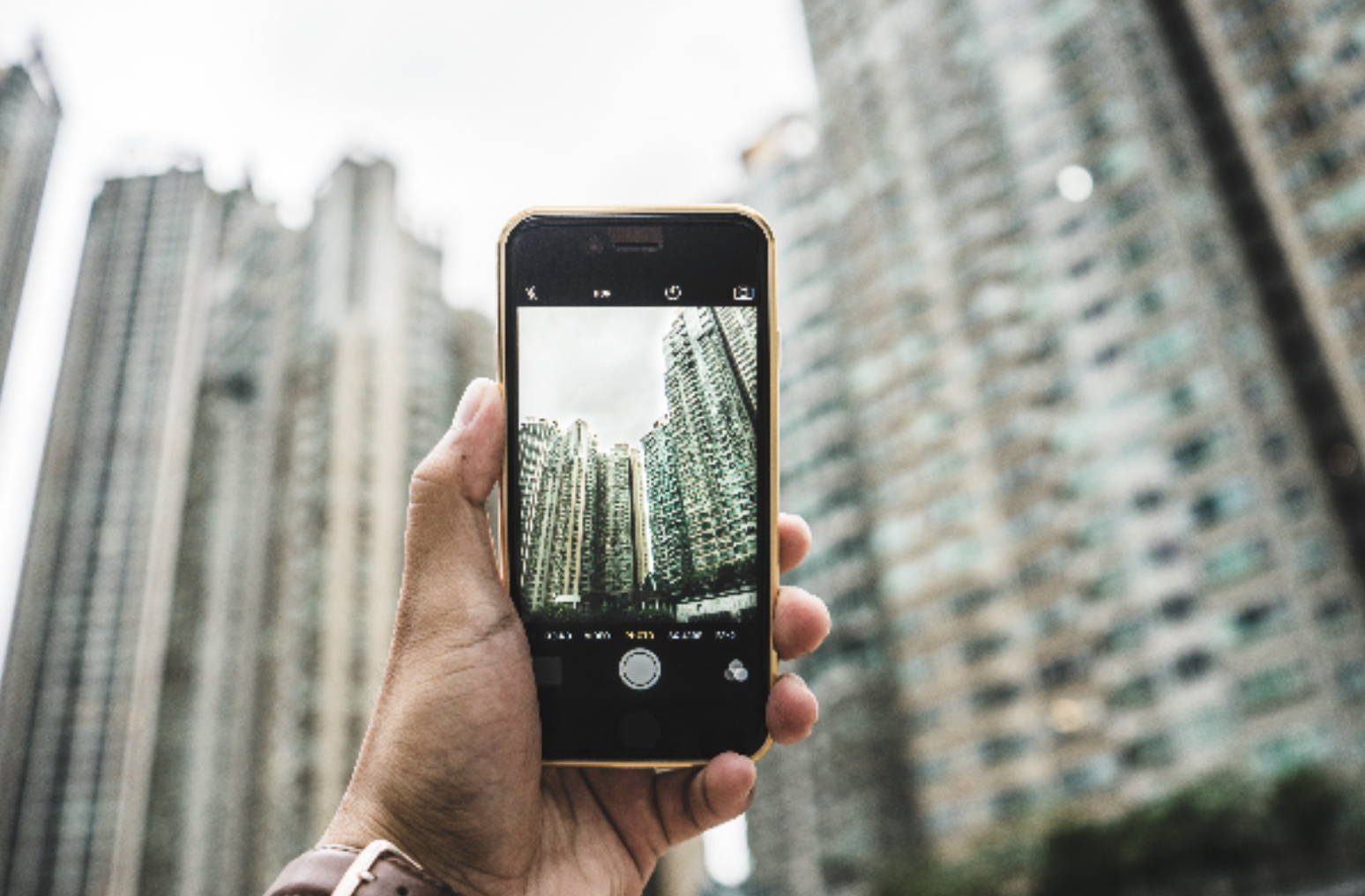Chicago's Smartest Building
800 Fulton Market, a gateway to one of Chicago’s fastest-growing neighbourhoods, has been completed. Watch the...
Read Full Article
After almost two years of stops and starts due to the pandemic, enduring resilience is defining the built environment – that’s according to Gensler’s Design Forecast 2022.
Let’s take a look at the highlights of the 2022 Design Forecast, where experts focus on design strategies that will define the future of the human experience:
To combat the climate change dilemma, the built environment and city planning will play a huge role. To address climate change, pollution, and natural resource depletion, a more regenerative, resilient approach is required to planning and developing cities.
“Circular cities”, urban centres with circular metabolisms, will minimise sprawl, repurpose waste, and increase biodiversity.
Gensler has long advocated for the creation of circular cities. One recent project in particular, the Xichong Special Ecological Zone in Shenzhen’s Dapeng New District, pioneers a new model of development that can achieve both economic growth and ecological sustainability.
“Because remote workers can now go pretty much anywhere, cities are going to have to start focusing on attracting residents, particularly millennials, and that means providing that smaller city experience, and not just focusing on attracting businesses.”
–Sofia Song
Global Cities Lead, Gensler
To reimagine downtown cores, cities will need to adopt a mixed-use mindset. The trend away from single-use Central Business Districts (CBDs) into places with a greater mix of uses will continue.
Diversity in building types and uses are key to this trend. For example, more residential and pedestrian-oriented uses with more green space can be infused into CBDs to make them more inclusive, resilient, sustainable, and healthy. Cities should also adopt mixed-income and multigenerational communities to become more diverse and inclusive.
As Sofia Song, Global Cities Lead at Gensler puts it: “Because remote workers can now go pretty much anywhere, cities are going to have to start focusing on attracting residents, particularly millennials, and that means providing that smaller city experience, and not just focusing on attracting businesses.”
From e-scooters to e-bikes, improvements in vehicles powered by electric motors and batteries are transforming mobility. Beyond the benefits for tackling climate change, the shift to electrification has even broader implications for how we might reimagine our urban environments and city streets.
For example, petrol stations and parking garages could be repurposed for new uses that promote health and wellness. Using mobility innovation as a catalyst, we can remake our cities towards a much more human-centric model.
Gensler sees the hybrid working shift as an opportunity to rethink the physical workplace to offer a unique and fulfilling experience that can attract talent, whether that’s through new technologies or new types of spaces.
Pre-pandemic, pilot projects were used to temporarily test out different workplace models without investing in an office-wide makeover.
Now, they’re becoming more permanent. Pilot programs allow companies to explore new furniture systems, experiment with inclusive collaboration technologies, investigate modular architecture, and explore sustainable workplace strategies, such as the use of low-carbon building materials.
Over the next 30 years, energy systems will need to change dramatically to meet climate goals. Decarbonisation efforts and renewable energy generation is already growing rapidly. Gensler says that the next step is to leverage AI to enable more efficient and cost-effective decision-making for smart grids, sensor-connected power plants, and wind turbines. Smart technology will help the industry transition quickly and efficiently to a low-carbon global energy system.
To explore more insights from Gensler’s research, you can explore the full paper here.
Picture: a photograph of a person holding a smartphone to take a photograph of some high-rise buildings. Image Credit: PX Fuel
Article written by Ella Tansley | Published 08 April 2022
800 Fulton Market, a gateway to one of Chicago’s fastest-growing neighbourhoods, has been completed. Watch the...
Read Full ArticleArtificial intelligence is changing medical practice and the healthcare industry. Technologies including machine learning and digitised data acquisition are allowing...
Read Full ArticleWelcome to ThisWeekinFM’s new Smart Buildings & Technology category, a hub where you can learn all about the implications of new technologies on the built...
Read Full ArticleWith London previously taking the top spot for smart technology infrastructure, which European city has emerged as 2024’s smartest? The Smart City Index uses...
Read Full ArticleLibraries, theatres and leisure centres in the South East of England are being targeted for carbon emission reduction in association with SSE Energy Solutions and Medway...
Read Full ArticleFM provider Service Works Global has released a new white paper that details the seven steps for creating a smart building. The paper dispels the assumption...
Read Full ArticleInfogrid has received funding from Original Capital, SoftBank Vision Fund 2, JLL Spark and several others. The smart building technology company has raised $90 million...
Read Full ArticleAhead of the return of their IFM Tour, Infraspeak has laid out their predictions for 2023 smart technology trends for buildings. Watch the...
Read Full ArticleA study from a PropTech platform has revealed the ten European cities that are best prepared for a smart future – but which city has topped the list? Using...
Read Full ArticleFirst announced in January 2021 by His Royal Highness Mohammed bin Salman, Crown Prince of Saudi Arabia and Chair of the NEOM Company Board of Directors, THE LINE is...
Read Full Article